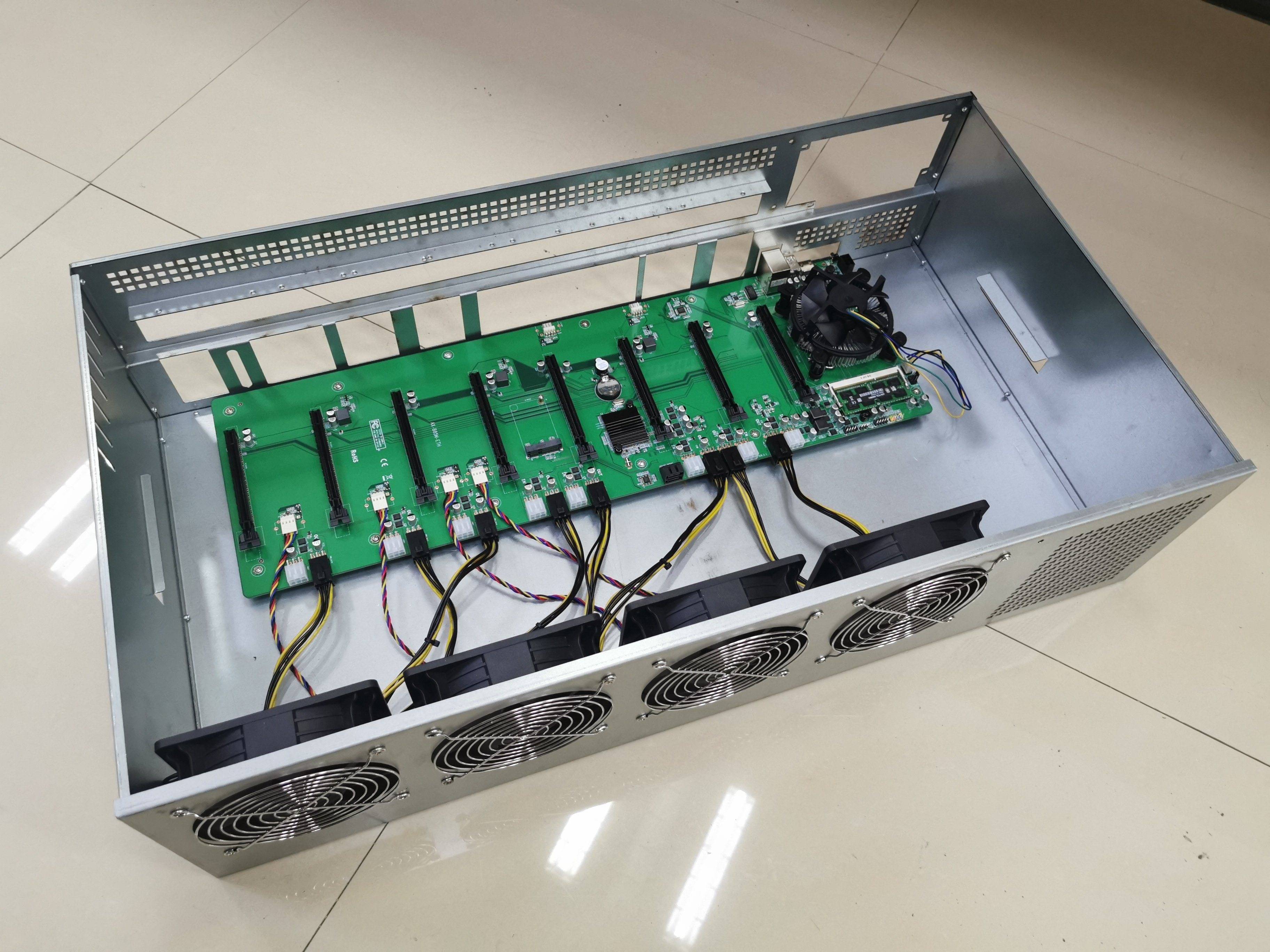
Investors often ask this question when considering the benefits of yield farm. There are many reasons to invest in DeFi. One of them is the potential for yield farming to generate significant profits. Early adopters can expect high token rewards and a rise in their value. They can then reinvest their profits and sell the token rewards to make a profit. Yield farming is a well-proven investment strategy that can produce significantly more interest over conventional banks. However, there are some risks. DeFi, which is subject to volatility in interest rates, is a less risky place to invest.
Investing to grow yield farms
Yield Farming, an investment strategy that rewards investors with tokens in exchange for a share of their investments, is called Yield Farming. These tokens will increase in price very quickly and can then be resold to make a profit, or reinvested. Yield Farming is a way to earn higher returns than conventional investments. However, it comes with high potential for Slippage. During periods of high volatility, a percentage rate per year is not reliable.
The DeFi PULSE site is an excellent place to check the performance of a Yield Farming project. This index shows the total value of all cryptocurrencies that are held in DeFi lending platforms. It also represents DeFi's total liquidity. Many investors use the TVL index to analyze Yield Farming projects. This index is also available on DEFI PULSE. This index is growing because investors have confidence in this type and future project.
Yield farming is an investment strategy that uses decentralized platforms to provide liquidity to projects. Yield farming, unlike traditional banks, allows investors to make significant cryptocurrency profits from the sale of idle tokens. This strategy is based on smart contracts and decentralized exchanges, which allow investors automate financial transactions between two parties. Investors who invest in a yield-farm can receive transaction fees, governance tokens, interest, and interest through a lending platform.

Finding the right platform
Although it might seem like an easy process, yield farming can be difficult. Among the many risks associated with yield farming is the possibility of losing your collateral. DeFi protocols are often developed by small teams with low budgets. This makes it more difficult to find bugs in smart contracts. Fortunately, there are a few ways to mitigate the risk of yield farming by choosing a suitable platform.
The term yield farming refers to a DeFi app that allows you borrow and lend digital assets via a smart contract. These platforms offer crypto holders trustless options and allow them to lend their holdings to other users using smart contracts. Each DeFi application comes with its own functionality and unique characteristics. This will affect how yield farming can be done. In short, each platform offers different rules and conditions for borrowing and lending crypto.
Once you've chosen the right platform for you, you can reap the rewards. A successful yield farming strategy involves adding your funds to a liquidity pool. This is a network of smart contracts that powers a market. These platforms allow users to exchange and lend tokens in exchange for fees. These platforms pay token holders for lending them their tokens. If you're looking to simplify yield farming, it is a good idea start with a smaller platform which allows you access to a wider variety of assets.
A metric to assess the health and performance of a platform
To ensure the success of the industry, it is important to identify a metric to assess the health and performance of a yield farming platform. Yield farming involves the earning of rewards through cryptocurrency holdings like bitcoin or Ethereum. This process is similar to staking. Yield-farming platforms work with liquidity suppliers, who then add funds to liquidity pool. Liquidity providers usually earn a fee for adding liquidity to their platforms.

Liquidity is one metric that can help determine the health of a yield farm platform. Yield farming is an automated market-maker model that uses liquidity mining. In addition to cryptocurrencies and tokens, yield farming platforms offer tokens which are tied to USD or another stablecoin. Liquidity providers get rewards based upon the amount they provide in funds and the protocol rules that govern trading costs.
To make a sound investment decision, it is important to identify the metric that will measure a yield agriculture platform. Yield farming platforms can be volatile and subject to market fluctuations. However, yield farming can mitigate these risks because it is a form staking. Users must stake cryptocurrencies in exchange for a fixed amount. Lenders and borrower alike are both concerned by yield farming platforms.
FAQ
Is there a limit on how much money I can make with cryptocurrency?
There's no limit to the amount of cryptocurrency you can trade. You should also be aware of the fees involved in trading. Fees will vary depending on which exchange you use, but the majority of exchanges charge a small trade fee.
What is the next Bitcoin, you ask?
While we have a good idea of what the next bitcoin might look like, we don't know how it will differ from previous bitcoins. It will be distributed, which means that it won't be controlled by any one individual. It will most likely be based upon blockchain technology, which will allow transactions almost immediately without needing to go through central authorities like banks.
Is it possible to make free bitcoins
The price of oil fluctuates daily. It may be worthwhile to spend more money on days when it is higher.
Ethereum: Can Anyone Use It?
Anyone can use Ethereum, but only people who have special permission can create smart contracts. Smart contracts are computer programs which execute automatically when certain conditions exist. They allow two parties to negotiate terms without needing a third party to mediate.
Statistics
- Something that drops by 50% is not suitable for anything but speculation.” (forbes.com)
- In February 2021,SQ).the firm disclosed that Bitcoin made up around 5% of the cash on its balance sheet. (forbes.com)
- As Bitcoin has seen as much as a 100 million% ROI over the last several years, and it has beat out all other assets, including gold, stocks, and oil, in year-to-date returns suggests that it is worth it. (primexbt.com)
- Ethereum estimates its energy usage will decrease by 99.95% once it closes “the final chapter of proof of work on Ethereum.” (forbes.com)
- That's growth of more than 4,500%. (forbes.com)
External Links
How To
How can you mine cryptocurrency?
The first blockchains were created to record Bitcoin transactions. Today, however, there are many cryptocurrencies available such as Ethereum. These blockchains are secured by mining, which allows for the creation of new coins.
Proof-of work is the process of mining. This method allows miners to compete against one another to solve cryptographic puzzles. Miners who discover solutions are rewarded with new coins.
This guide explains how you can mine different types of cryptocurrency, including bitcoin, Ethereum, litecoin, dogecoin, dash, monero, zcash, ripple, etc.